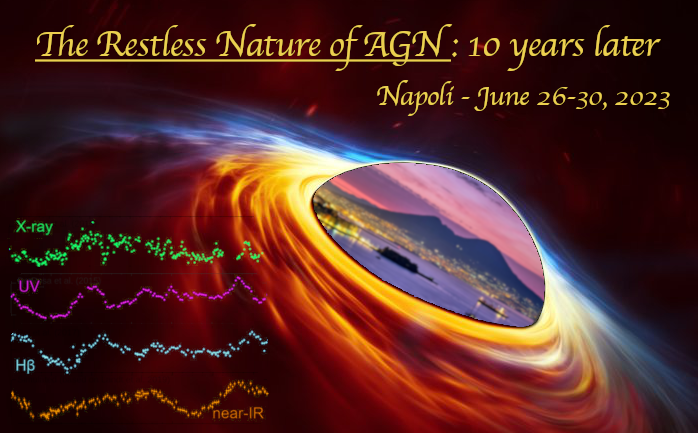Speaker
Description
One of the main scenarios to account for the multi-wavelength flux variability observed in relativistic jets of active galactic nuclei (AGNs) is based on diffusive shock acceleration of a population of relativistic electrons on internal shocks of various origins. To understand the physical processes associated with the observed multi-wavelength emission maps and
light curves, we investigate the physics of the shocks in AGN jet. We simulate variable relativistic jets using the resolving the relativistic magneto-hydrodynamic simulation of fluid equation and the distribution of non-thermal electrons that are injected in shock regions. Synchrotron emission and radiative transfer are calculated in the post-processing for given observation angles and frequencies. With our scenario, we were able to explain the appearance of trailing components behind the leading injected variability. The latter destabilizes the jet, causing the emergence of oscillating standing shocks and relaxation shocks. Emissions from these regions can dominate the overall flux or lead to “flare echos” in the light curve.

